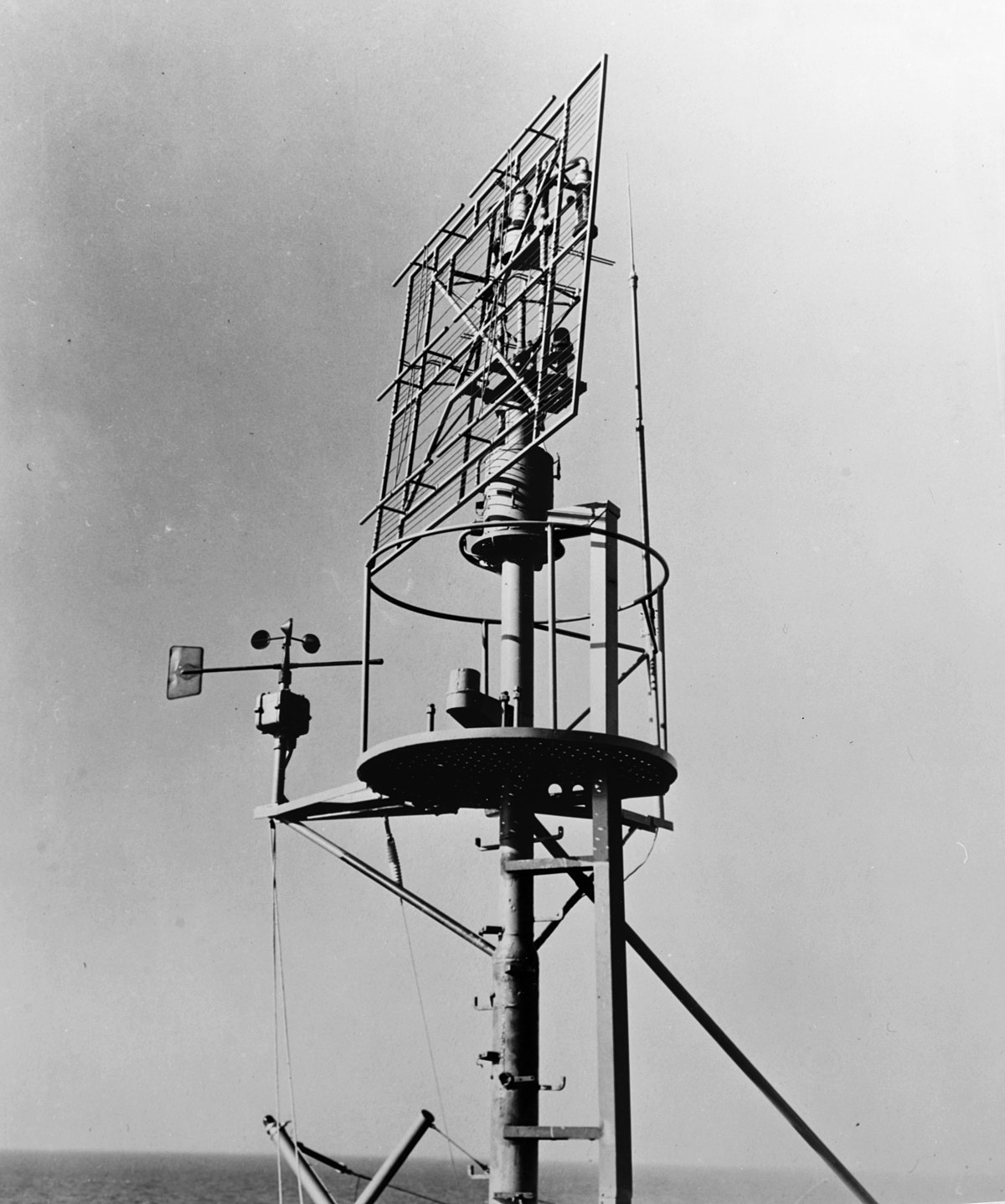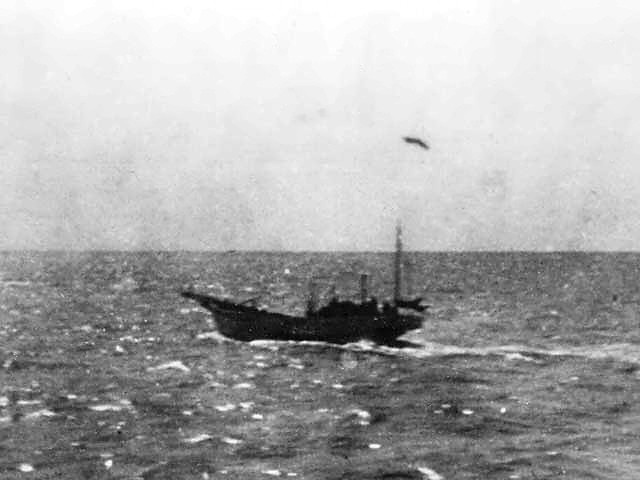Raider in the spotlight
Got Caught!
GOT CAUGHT!
Task force 16 dedected @ sea!
Unfortunately, American Naval Intelligence did not know that ahead lay a line of approximately 50 Japanese radio equipped fishing boats that formed the early warning surveillance network extending seven to eight hundred miles or about 1200 km offshore.
In the early morning hours of April 18, 1942, the group was still more than 1,050 miles or 1680 km from their target when USS Enterprise's radar indicated two surface craft about 12 km (or 19 miles) away from the convoy. Vice Admiral Halsey knew that the overcast and moonless sky kept his ships out of sight of other ships. It was also dark and still half night. Attacking the enemy now could risk the entire mission. Halseyordered Task Force 16 to turn 90 degrees and resume the westerly course half an hour later.
The morning of 18 April 1942 only brought more bad weather at sea where Task Force 16 was sailing. The USS Enterprise launched reconnaissance planes from the flight deck. Just before 06:00 AM a small Japanese fishing boat was sighted.

Vice Admiral William Halsey was informed of this and he again chose to alter course rather than attack the ship. He wanted to bring the B-25 bombers as close as possible to Japan at all costs.
However, 90 minutes later, just after 7:30 AM, the lookouts on the USS Hornet spotted a patrol boat or larger fishing boat less than 13 km away.

The radio operators on the 90-ton Japanese fishing boat Nitto Maru No. 23 sent a message to theirmothership which no doubt forwarded it to Tokyo. The message was intercepted by the American convoy.

The USS Nashville requested and received permission to fire on Nitto Maru No. 23. Knowing that Task Force 16 had been spotted and information
on their location had been sent to Japan, Vice Admiral Halsey cleared to fire.

The Japanese ship would burn and sink a little later. Fighters from the USS Enterprise joined the attack after having previously hit another ship - Nanshin Maru No. 21 - they had seen. This smaller fishing boat was immediately sunk by machine gun fire.
Important to know, that is why I repeat this again :
What was not discussed with Doolittle, but was understood by all, was the tremendous risk that the Navy was taking with this mission. If marauding Japanese submarines discovered the 16 ship force (Task Force 16 merged with Task Force 18 and became Task Force 16 commanded by Vice Admiral Halsey) steaming west, it would gain unprecedented opportunity to cripple what was left of the U.S. Navy's strength in the Pacific. Coupled with Japanese attack by long base bombers or heavy aircraft carrier force, it would mean the end of American Naval strength in the Pacific for months to come.
Below you see a picture of the Japanese cruiser Kiso. The ship was the mothership of the Nitto Maru No. 23.16. This ship informed Tokyo over the Japanese cruiser Kiso about Task Force 16 steaming into the Pacific Ocean.

On the map you see more information about distances to fly for the B-25 bombers.
The Heroes of Doolittle's raid on Japan in april 1942
by Mr. Geert Rottiers
The book will be available soon.


